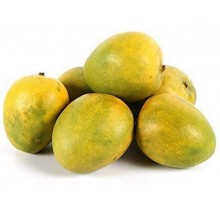New products
Latest new products for orders placed on Canarius.com

-
Mangifera indica 'Malgova'
Mangifera indica 'Malgova'
This mango variety comes from various regions of southern India.It is characterized by being a fruit of considerable size and a rounded shape, with a small seed, and a very juicy and sweet flavor.
62,30 €
Right now we have few new products
Why don't you have a look at these other sections?
Showing 1 - 1 of 1 item





















